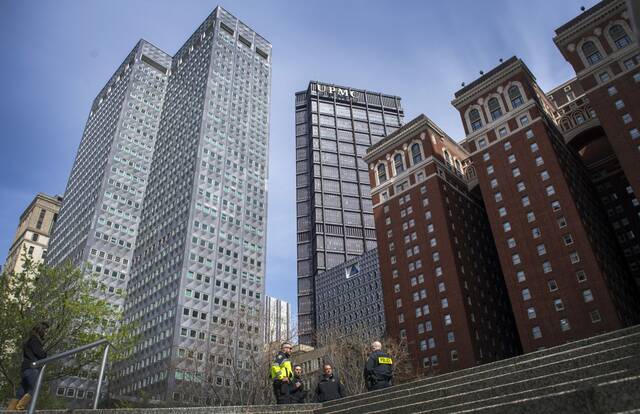For too long, public safety in American cities has been shaped more by tradition, politics and perception than by evidence and innovation. Policing practices often evolved from institutional culture and community expectations — frequently without a strong foundation in research or data. As a result, the science of safety has too often been viewed as a luxury rather than a necessity.
But here in Pittsburgh, we’ve been quietly and steadily changing that narrative.
Over the past six years, our city has made significant progress by embracing the best national practices in evidence-based policing. This shift isn’t merely a policy update — it’s a deeper philosophical change that reflects a more holistic understanding of what actually keeps communities safe.
Today, public safety in Pittsburgh is no longer the exclusive domain of law enforcement. We’re implementing an integrated public safety strategy that includes the Office of Community Health and Safety, Office of Community Services and Violence Prevention, the Allegheny County Office of Violence Prevention and a broad network of community-driven and nonprofit initiatives. Together, these partners focus not only on reducing crime and violence but also on addressing the underlying causes of recidivism, instability and trauma.
Urban planning is essential to that vision.
As the director of city planning, I see firsthand how design and infrastructure shape community well-being. The layout of our neighborhoods, how streets are lit and connected, how green spaces are distributed, how buildings invite or deter public interaction — can either foster safety or create the conditions in which crime takes root. Civic design is not a side note to safety; it’s one of its most powerful tools and as essential to public safety as a badge and siren.
One of the core frameworks we’re applying in our comprehensive plan is Crime Prevention Through Environmental Design (CPTED). This approach recognizes that safety can be proactively cultivated through thoughtful design. It’s not just about cameras or patrols — it’s about creating environments that support visibility, interaction and shared responsibility. Well-lit sidewalks, transparent storefronts, welcoming public spaces and maintained vacant lots all send the same message: This place is cared for, and you are seen.
CPTED is just one part of a broader approach. Our planning work also considers how transportation systems can reduce conflict and improve equity; how housing policies can minimize displacement and promote stability; how well-designed public spaces support mental health and social cohesion; and how investments in economic opportunity — like workforce development and small-business support — create pathways to upward mobility and long-term community resilience.
Urban planning, in this context, is not just complementary to public safety; it’s foundational. It determines whether our investments produce short-term responses or lasting security.
This is a pivotal moment for Pittsburgh. As the city prepares for a leadership transition and the next chapter of growth, we must avoid falling back on outdated models of crime control. Instead, we should build on the progress we’ve made, with strategies grounded in data, shaped by community insight and driven by collaboration across disciplines.








